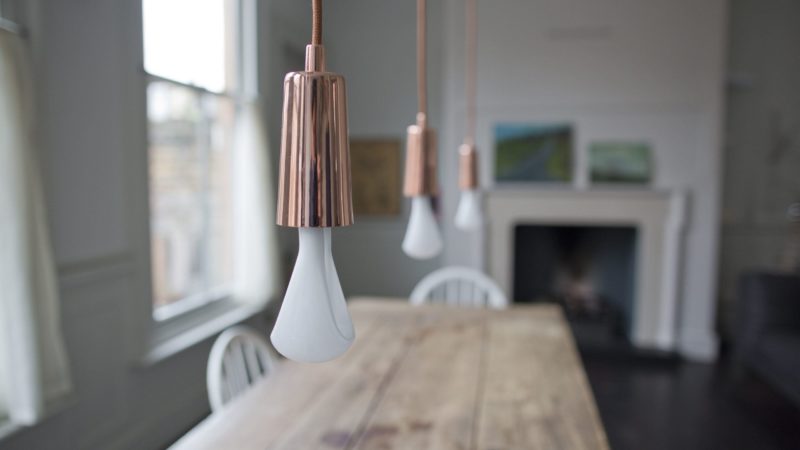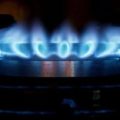Saving energy is good for the environment as well as your bank balance and, with modern lighting technology, is as easy as plugging in a new light bulb! Choosing an Energy Saving Light light bulb to replace your existing light bulb has never been easier.
Compact Fluorescent (CFL) or LED?? We answer some of the most common questions about both technologies here…
CFL: Unlike early energy saver lamps a few years ago, the latest designs include electronic rapid start circuitry to make the lamp light up in less than 1 second with virtually no flickering.
LED: Never. The way that LED light bulbs work means that they always switch cleanly on or off. If they flicker, there’s a problem with the circuits inside.
CFL: Some older designs had quite a high “colour temperature” see glossary which may be perceived as “colder” but many energy-saving lamps now give off a “Warm White” light to make the light very similar to a normal incandescent light bulb.
LED: Less reputable manufacturers will cut corners with their LED light bulbs and often this will affect the colour of light they give out. Good quality LED light bulbs give out light in either a fresh Cool White or Daylight colour or much more commonly, a cosy Warm White colour – and they give a better representation of colour than CFL light bulbs.
Do they take time to “warm-up”?
CFL: The latest compact fluorescent lamps “warm-up” very much faster than older designs, typically reaching 95% of their full light output in under a minute.
LED: None at all. LED light bulbs are instantly at full brightness.
CFL: Again, with the latest designs, this need not happen. Many compact fluorescents are now so small that they are virtually the same size, or even smaller, than ordinary light bulbs. If the light bulb is visible, you can choose from one of the designs that use a decorative outer light bulb to cover the fluorescent tubes.
LED: LED technology is much more compact than CFL and the light bulbs nearly always identical in shape and size.
CFL: Compact fluorescents are far more energy-efficient than normal light bulbs so they give out far less heat, making them safer for use in unattended security or night light applications. This also makes them ideal for use with lampshades made of delicate materials that can be damaged by heat. All lamps do however give off some heat and should not be used in a totally enclosed light fitting unless there is some way for the heat to escape.
LED: Like CFL light bulbs, LED light bulbs run at much cooler temperatures than traditional light bulbs. However, it is necessary to keep the chip inside the light bulb as cool as possible. LED light bulb bodies are therefore often made up of heat-sinks which can feel hot-to-touch after prolonged use.
Most compact fluorescent energy savers available on the UK market cannot be dimmed using a standard domestic dimmer. The latest technology “Dimmerable” energy savers started to be introduced in October 2007 and can be dimmed simply by rotating a standard dimmer switch. Please check to ensure that you are ordering the correct item before using an energy saver with a dimmer switch.
LED technology works very differently from more traditional lamps, while LED dimmable lamps are available, not all LED lamps are capable of being dimmed and some dimmers are incompatible with LED lamps read our guide on LED dimming here.
Yes and no! Compact fluorescent lamps do generally have a much longer life than ordinary incandescent light bulbs but there are also many other types of “long life” light bulb, most of which do not also save energy.
Generally, a normal incandescent light bulb will have a rated life of around 1000 hours whereas compact fluorescent energy saving light bulbs have a rated life of between 3,000 and 15,000 hours. LED light bulbs are more efficient and even longer-lasting than CFL light bulbs. With the average rated life varying from 10,000 – 50,000 hours typically, they truly are both long life and energy saving.




